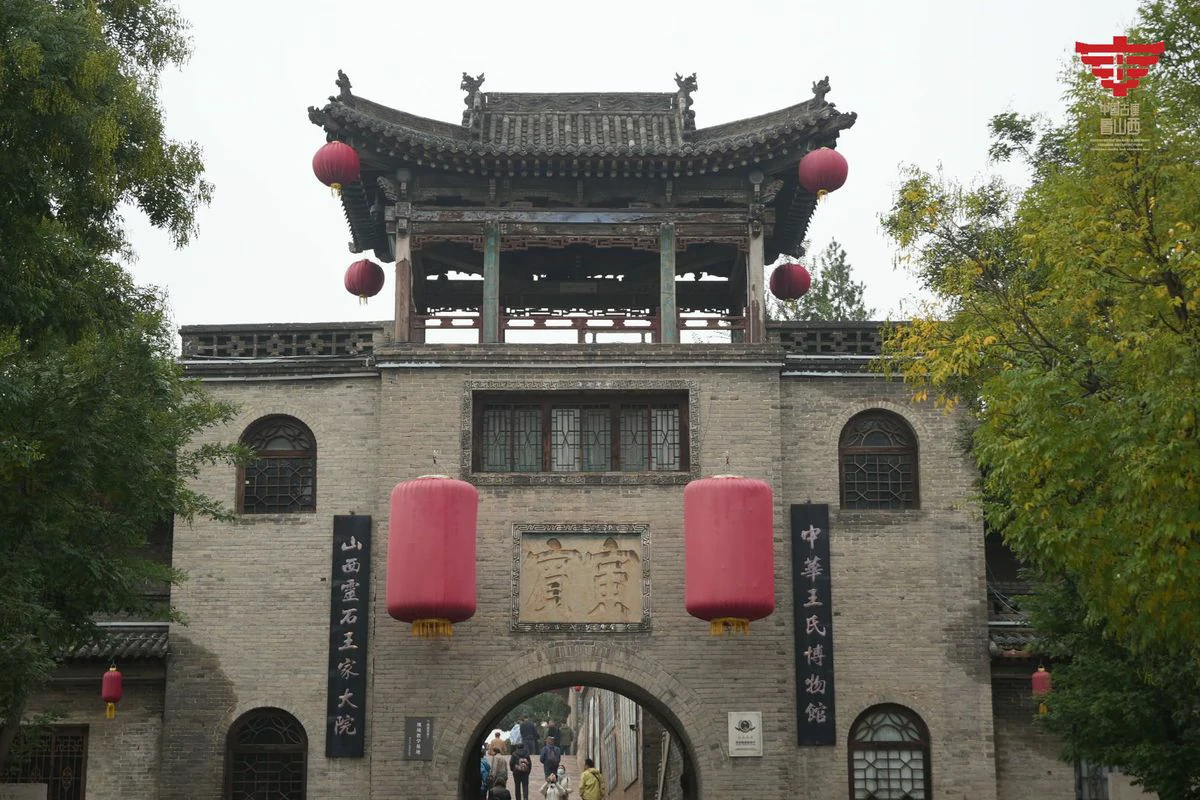
A group of content creators and international students were treated to an immersive tour of ancient Chinese residential complexes and civilization sites in the cities of Jinzhong and Linfen, North C...
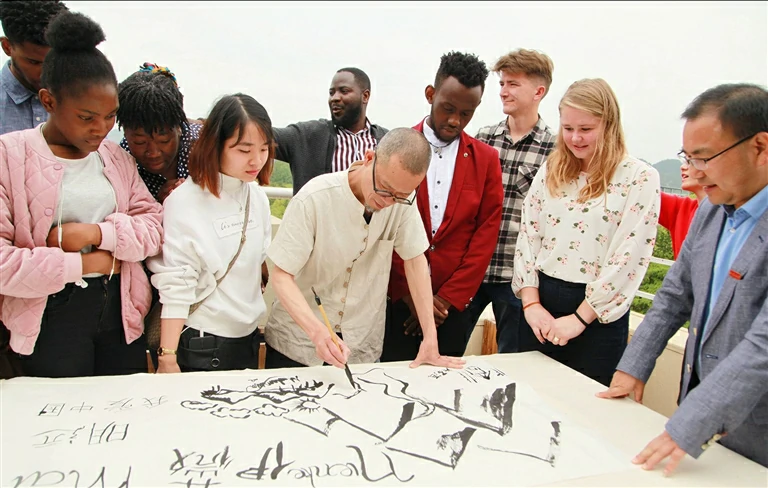
The university is located in the vibrant mountain city of Chongqing, featuring advanced teaching facilities and spacious learning environments. For international students, the college offers ...
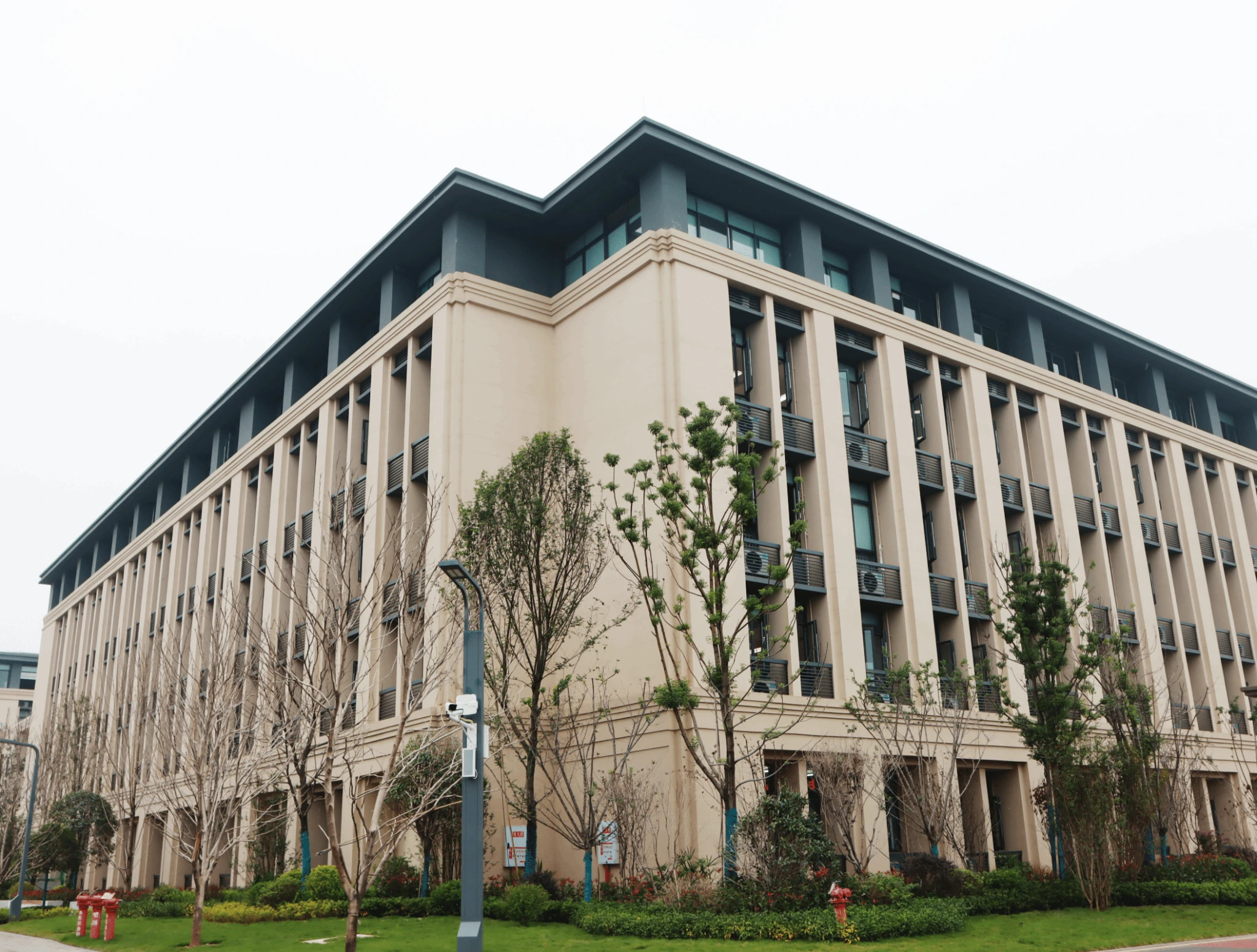
We recommend this university for the following reasons: ✔ Unique Location: Situated in Chongqing—a warm and welcoming tourist city. ✔ Popular Programs: The university offers two po...

0 Tuition & 0 Dorm Located in China's "Porcelain Capital" - Jingdezhen City, Jiangxi Province, this university is a prestigious institution specializing in ceramic arts, design and related fields...

The university is located in Shenyang, an awesome city in Northeast China. Here, modern education meets a vibrant campus culture. You'll be taught by really friendly professors, study with clas...
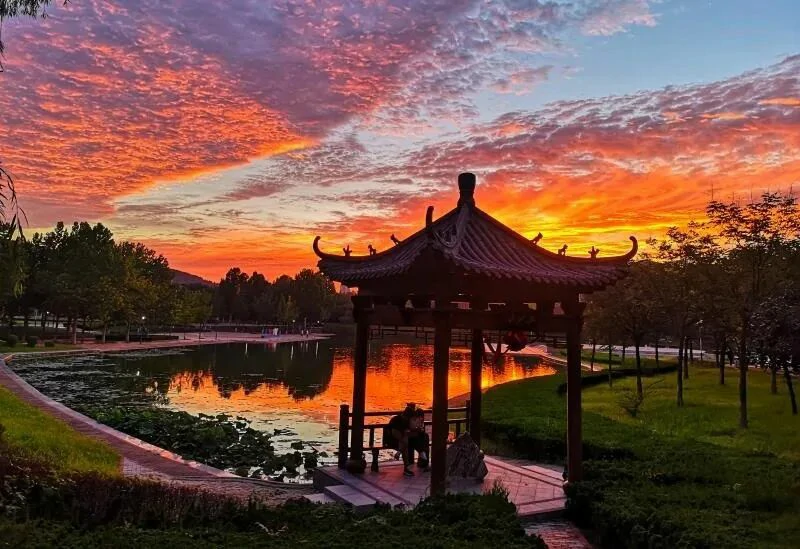
Spring 2026 Chinese Language Programs – Multiple Cities & Durations! 🎓 Explore China and master its language through our diverse 2026 spring intake programs! 🎓 Choose from flexible ...

The university is located in Shenyang, an awesome city in Northeast China. Here, modern education meets a vibrant campus culture. You'll be taught by really friendly professors, study with classmate...
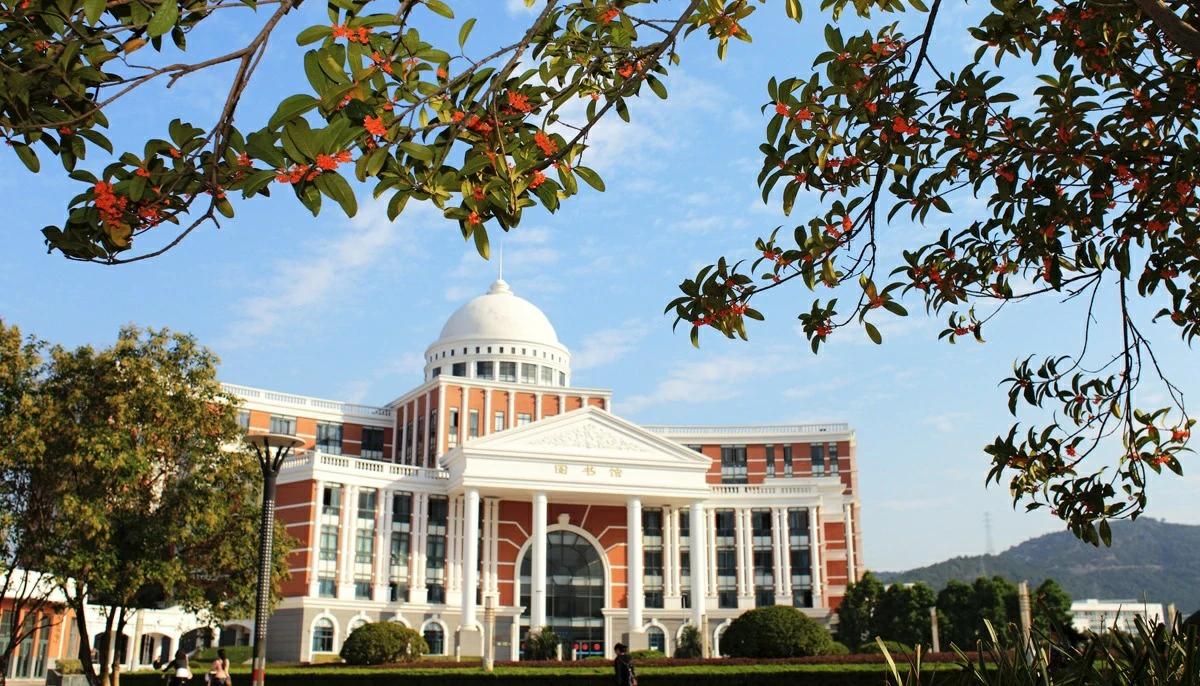
Aspiring medical professionals worldwide are increasingly choosing China for their MBBS studies. To help international students secure their seats, we present the 2025 Autumn MBBS Admission Guide&mdas...
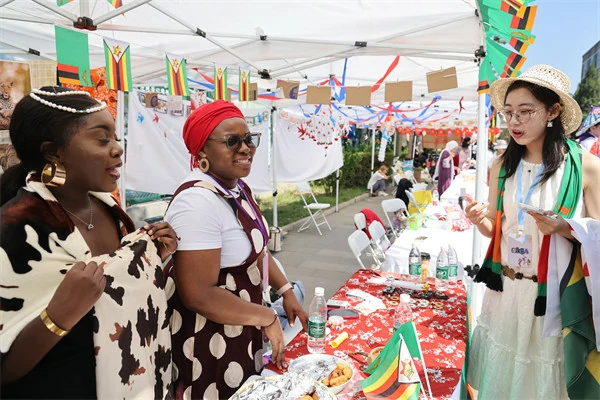
Dressed in exquisite traditional Indonesian batik attire, Wenny and her classmates were busy at their country's booth on the campus of Beijing Foreign Studies University, introducing visitor...

Immerse Yourself in Chinese Language & Culture Ready for a transformative journey into Chinese language and culture? Choose your ideal city for an immersive Han language learning experience: N...

